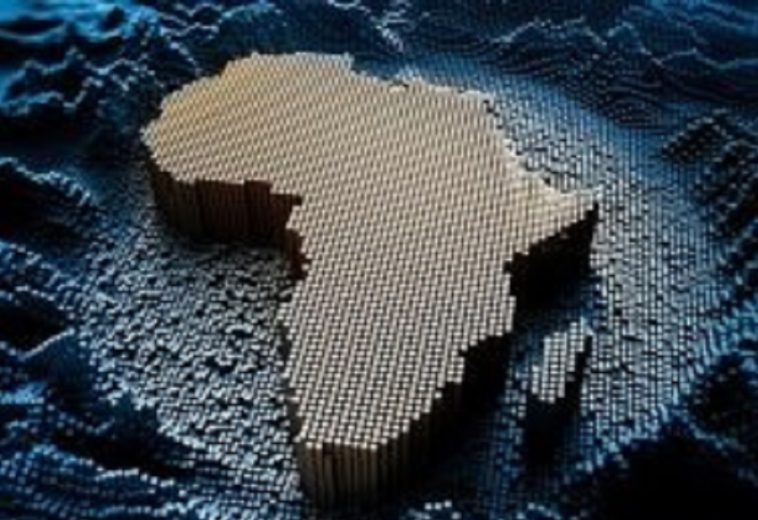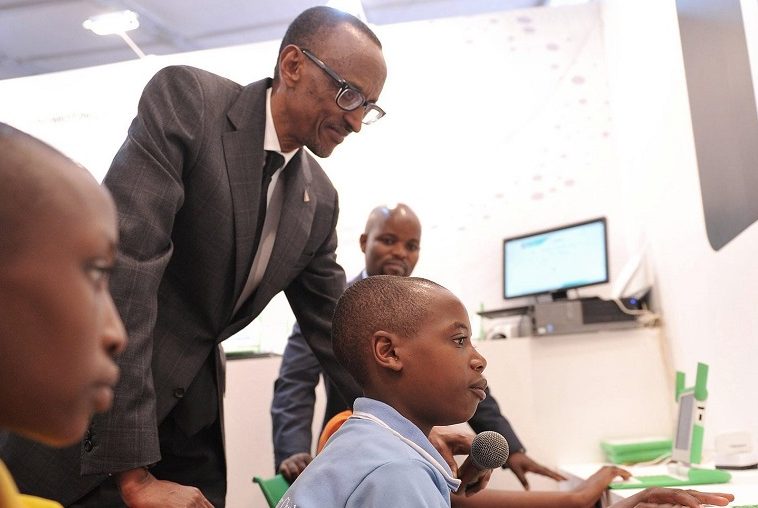Africa has witnessed several disease outbreaks, making it crucial to develop effective early warning systems. Event-based surveillance (EBS) is a key component of these systems, enabling timely detection and response to emerging health threats. However, existing data systems are inadequate to support EBS.
Challenges and Failures
The COVID-19 pandemic exposed the vulnerabilities in Africa’s early warning systems. In the initial phases, delays in reporting and limited testing capabilities resulted in inaccurate assessments of the virus’s spread.
The African Union’s Africa Centres for Disease Control and Prevention (Africa CDC) reported that many countries encountered difficulties with testing and data collection, which impeded effective responses. By June 2020, only 5.3 million tests had been conducted across the continent, compared to over 60 million in Europe, highlighting the scale of the challenge.
The lack of timely reporting was compounded by underreporting, with many African countries failing to capture the true extent of the outbreak. A study in The Lancet Global Health found that reported case numbers and death rates were significantly lower than actual figures due to inadequate data collection infrastructure.
The 2014-2016 Ebola outbreak in West Africa was a stark reminder of the devastating consequences of inadequate surveillance and response mechanisms. The lack of effective early warning systems allowed the virus to spread rapidly, resulting in over 28,000 reported cases and 11,000 deaths as reported by the World Health Organisation.
Ongoing Initiatives and Improvement
Established in 2016 by the 26th Ordinary Assembly of Heads of State and Government, the Africa CDC was tasked with enhancing disease surveillance and response across the continent. Since its inception, the organisation has made significant progress, including the development of a network of 20 regional collaboration centres to improve early warning capabilities.
In 2020, the Africa Centres for Disease Control and Prevention addressed existing gaps by developing an event management system (EMS) built on the district health information software (DHIS2), a free and open-source platform that can handle data capture, analysis, and reporting. This innovative solution enables seamless monitoring and reporting of events, ultimately improving public health response in Africa.
As of December 2022, the Emergency Management System (EMS) had recorded a total of 416 events, with a significant increase in 2022 compared to previous years. The majority of these events (69%) directly impacted humans, with a moderate to high risk level.
The EMS detected and verified a high percentage of signals, with 95% of signals detected in 2020, 86% in 2021, and 90% in 2022 being confirmed as actual events.
The mHero Platform was developed in response to the Ebola outbreak, with the goal of improving real-time communication between health workers and authorities. Since its inception, the platform has been adapted for use in responding to other health crises, including COVID-19.
The African Union’s Digital Health Strategy, launched in 2021, aims to leverage digital technologies to enhance health surveillance. This includes the development and integration of mobile health apps, electronic health records, and other digital tools to improve the effectiveness of disease surveillance and response efforts.
The World Health Organisation (WHO) has played a key role in enhancing laboratory capacity in Africa by establishing 16 new reference laboratories. This initiative has significantly increased the region’s testing capacity, enabling healthcare professionals to quickly and accurately diagnose and respond to emerging pathogens.
READ ALSO: Optimizing Egypt’s Food Value Chain with Cutting-Edge Technology
The improved surveillance systems in Africa have enabled a faster rollout of COVID-19 vaccines, with over 450 million doses administered by the end of 2021. This achievement is a testament to the effectiveness of enhanced early warning systems in facilitating timely vaccine distribution.
Despite these advancements, significant challenges persist, including limited funding and inadequate infrastructure. The World Health Organisation estimates that $10 billion is needed annually to strengthen health systems and early warning capabilities in Africa, highlighting the need for continued investment and support to address these ongoing challenges.
Dr. John Nkengasong, former Director of the Africa Centres for Disease Control and Prevention (Africa CDC), stated: To ensure a sustainable and effective response to public health crises, it is essential that we integrate early warning systems with our existing health infrastructure. Strengthening these systems and fostering collaborations between governments, international organisations, and the private sector will enhance our ability to respond swiftly and effectively. This integrated approach is crucial for improving health outcomes and ultimately saving lives across Africa.”




